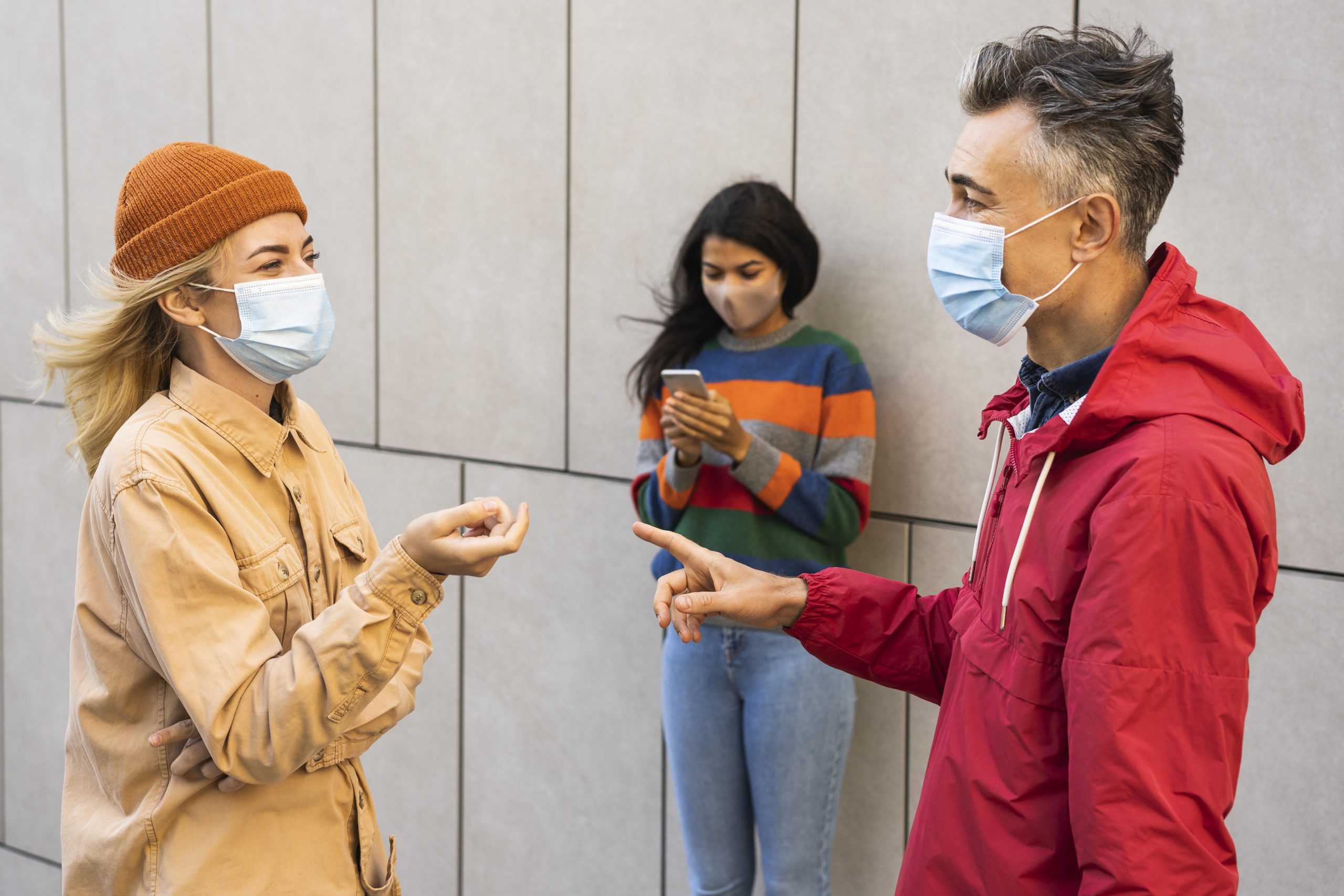The COVID-19 impact on mobile apps has been profound, transforming how users interact with technology. From increased screen time to a surge in demand for certain app categories, the pandemic reshaped the mobile app landscape. Startups and developers adapted quickly, responding to emerging needs. This blog explores key shifts in mobile app trends and the lasting effects of the pandemic.
1. COVID-19 Impact on Mobile Apps in Health and Wellness
Health and wellness apps saw massive growth as the pandemic kept people at home. With gyms closed and anxiety on the rise, many turned to fitness, meditation, and mental health apps. The COVID-19 impact on mobile apps in this category reflects an increased focus on digital well-being solutions, making health more accessible than ever.
2. Educational and E-Learning Apps Flourish
The COVID-19 on mobile apps also sparked a surge in educational tools. Schools and universities went virtual, and demand for e-learning platforms grew as students of all ages needed digital solutions. From tutoring services to course-based apps, education saw rapid innovation, which is expected to continue even as life returns to normal.
3. How COVID-19 Impacted Social and Entertainment Apps
Lockdowns meant more time spent at home, leading to increased engagement with social media and entertainment apps. Platforms such as TikTok, Instagram, and Netflix gained users rapidly as people sought connection and content. The COVID-19 on mobile apps in this category emphasizes how essential digital entertainment became during times of isolation, sparking a new era of user engagement.
4. COVID-19’s Lasting Effects on Mobile App Development
With the rise in digital demand, developers adapted quickly to user preferences shaped by the pandemic. Increased focus on user experience, accessibility, and personalization became central to creating apps that cater to remote lifestyles. This COVID-19 on mobile apps development will likely shape how developers approach future projects, aiming to create adaptable, user-centric products.
Conclusion
The COVID-19 impact on mobile apps transformed various industries, from health to entertainment. This shift has prompted new trends that will influence app development for years to come. For more insights on technology trends, visit Bedots.
Read more: Voice Recognition: Transforming Mobile App Interfaces



